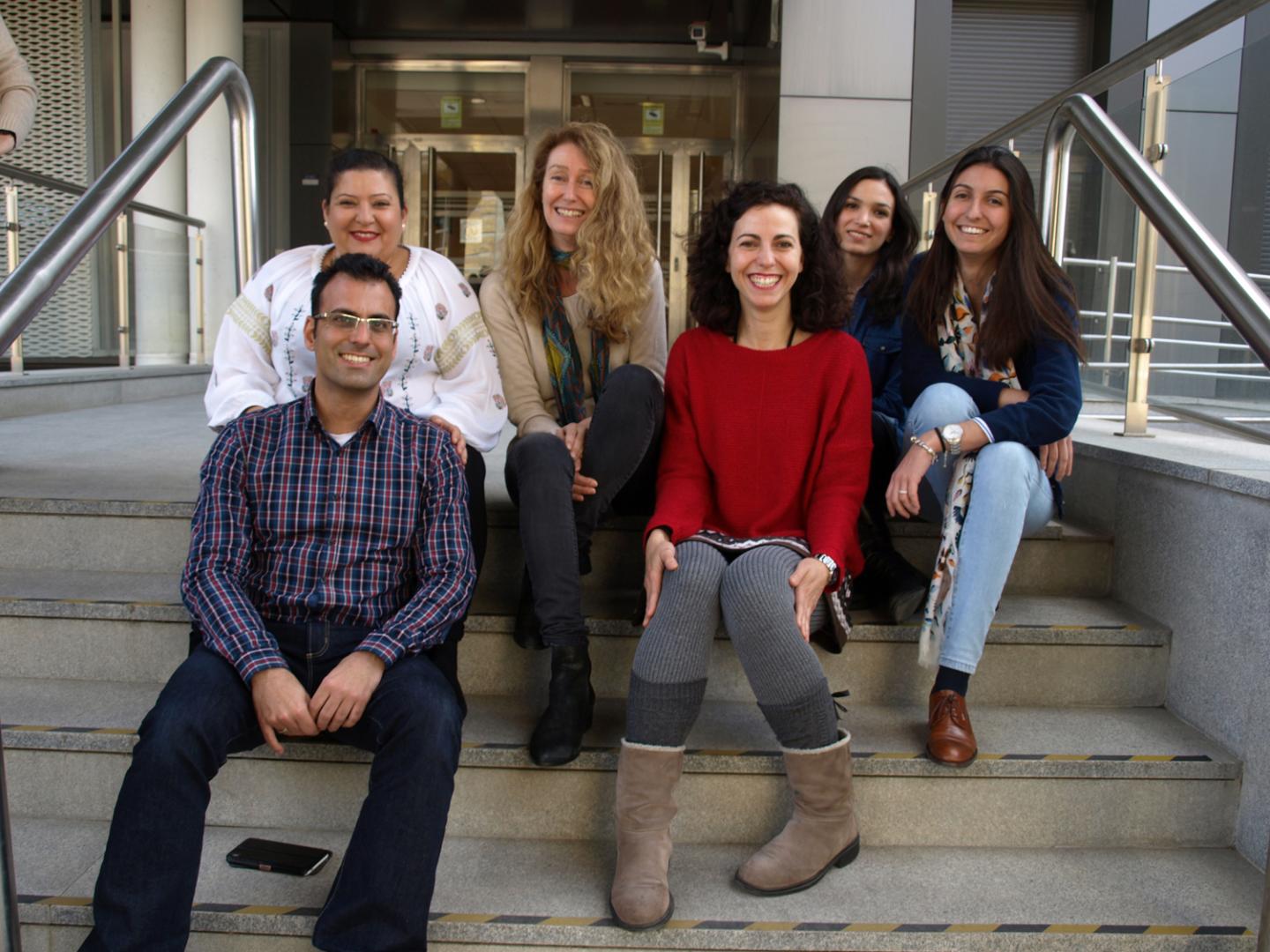
Credit: University of Seville
The group of Doctor Myriam Calonje Macaya from the Institute of Plant Biochemistry and Photosynthesis (IBVF), a mixed centre from the University of Seville and the Spanish National Research Council (CSIS), in collaboration with the group of Franziska Turck from the Max Planck Institute for Plant Breeding Research from Cologne, have recently published a study in Genome Biology that means an advance in the knowledge of epigenetic regulation by means of Polycomb-group proteins in plants.
All the cells in an organism contain the same information in their DNA so that, in order that two different cellular types can exist and that there can be two different development processes, the genes that are not needed at a specific moment have to be switched off. This process is what is known as gene silencing.
"When a seed is created, a great number of its genes are silenced until the plant is adult and needs their activity", explains Dr Calonje. This repressed or silenced state of the genes is transmitted to the daughter cells after division so that a cellular memory is established. The Polycomb-group (PcG) proteins participate in this process. These proteins are organised into two complexes, PRC1 and PRC2, which incorporate modifications in the histones that, together with the DNA, constitute the chromatin. The histone modifications do not alter the DNA sequence, but do alter the structure of the chromatin, which affects the expression of the genes.
Gene silencing controlled by marks in the chromatin occurs in both animals and plants. The PcG complexes were first characterised in animals; PRC1 modifies the histone H2A via monoubiquitination, and PRC2 has trimethyltransferase activity on the histone H3. Due to the different results obtained from animals, for more than a decade it was that the PcG complex action mechanism in plants was similar to that observed in animals, in which the trimethylation mark established by the PRC2 serves to anchor the PRC1, which at the same time has a monoubiqutin effect on the H2A. Scientists like Zhou, Romero-Campero and their collaborators researched the localisation of these modifications of the genome in wild and mutant plants to determine if this sequence happened, but they found that it did not. The activity of the PRC2 is dispensable for establishing monoubiquitination marks; what is more, the inverse sequence is required for the majority of genes.
"This study supports a change in the paradigm of a decade that was taking the understanding of PcG function in plants nowhere", states Dr Calonje.
This study was carried out using the plant Arabidopsis thaliana, but the experts assure that the findings can be extrapolated to other plants, which would mean future biotechnological applications for physiological improvement and development of plants.
###
Media Contact
Myriam Calonje
[email protected]
@unisevilla
http://www.us.es
Original Source
https://www.ncbi.nlm.nih.gov/pubmed/28403905 http://dx.doi.org/10.1186/s13059-017-1197-z





